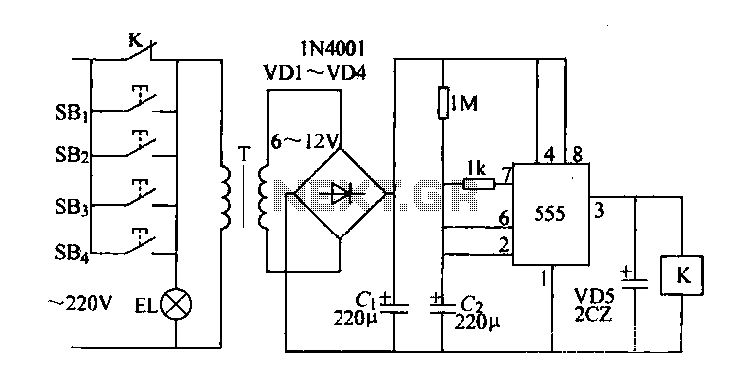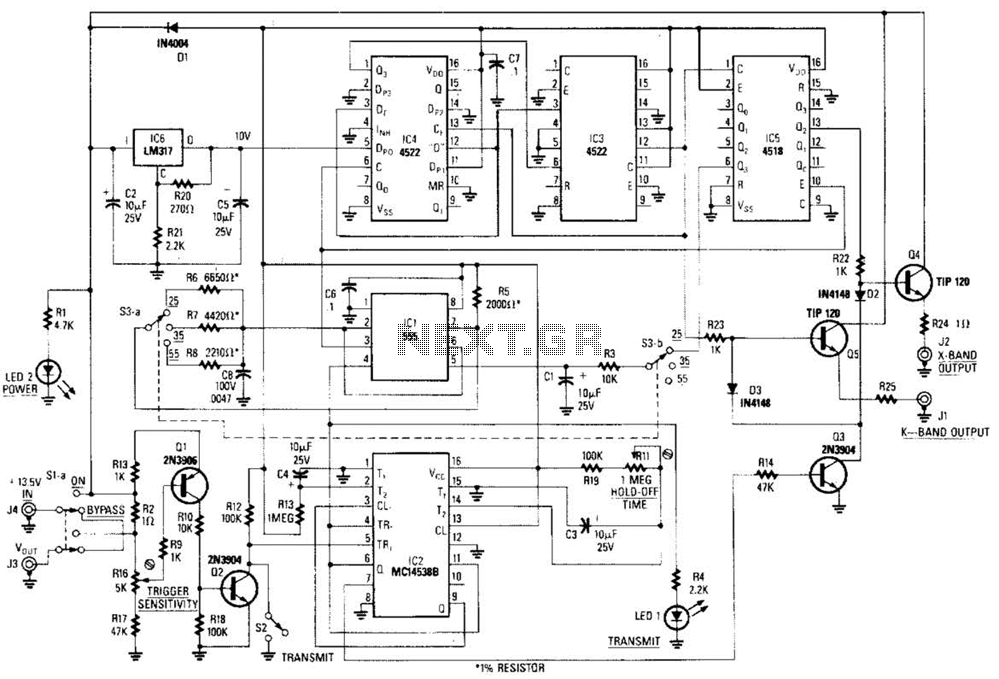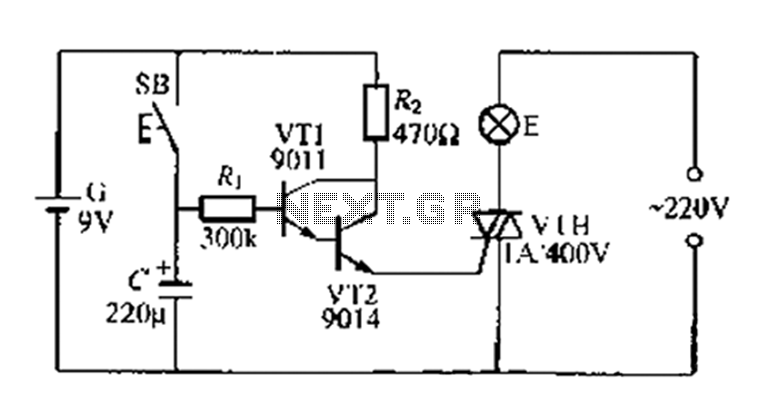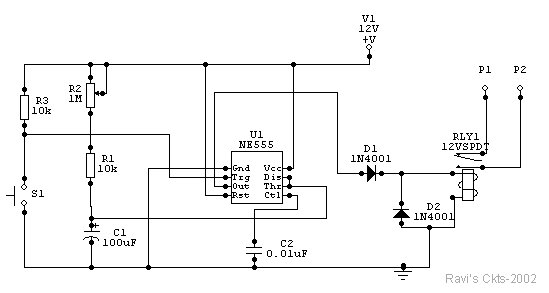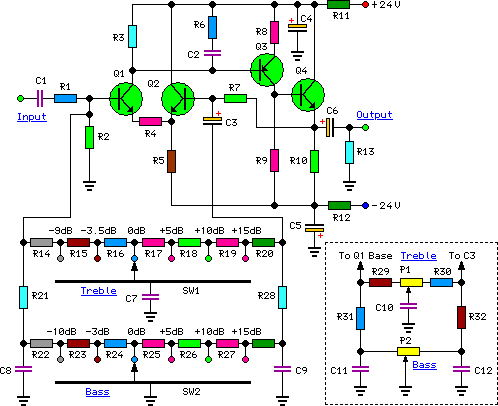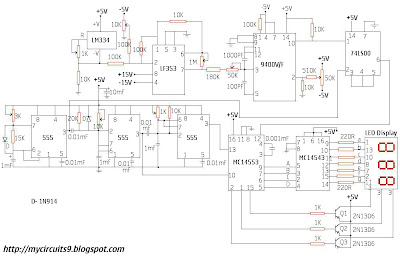
Vco Circuit Circuit
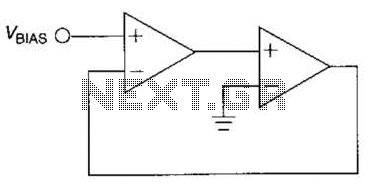
The output frequency of this simple, low-cost active voltage-controlled oscillator circuit is based on the inherent frequency-dependent characteristics of an operational amplifier. The oscillator circuit utilizes a TL082 op-amp. Upon application of power, the circuit generates a sinusoidal wave. The frequency of oscillation can be adjusted by varying the bias supply.
The described voltage-controlled oscillator (VCO) circuit employs the TL082 operational amplifier, which is known for its low noise and high-speed performance. The circuit configuration typically includes feedback components that create a positive feedback loop, essential for sustaining oscillations. The output frequency is influenced by the values of resistors and capacitors used in the feedback network, which dictate the timing characteristics of the circuit.
In this configuration, the TL082 op-amp operates in an inverting or non-inverting mode, depending on the design specifics. The frequency of the oscillation can be modulated by adjusting the bias supply voltage, which alters the gain and frequency response of the op-amp. This provides a versatile means of generating sinusoidal waveforms at various frequencies, making the circuit suitable for applications such as signal generation, modulation, and testing.
The circuit may also include additional components such as diodes for waveform shaping or filtering capacitors to refine the output signal. The simplicity and low cost of the design make it an attractive choice for both educational purposes and practical applications in electronic projects. Careful selection of components and layout considerations are essential to ensure stable oscillation and minimize distortion in the output waveform. The output frequency of this simple low-cost active voltage-controlled oscillator circuit is based upon the inherent frequency dependent characteristics of our operational amplifier. The oscillator circuit shown uses a TL082 op amp. When power is applied, the circuit generates a sinusoidal wave. The frequency of oscillation can be changed by varying the bias supply. 🔗 External reference
The described voltage-controlled oscillator (VCO) circuit employs the TL082 operational amplifier, which is known for its low noise and high-speed performance. The circuit configuration typically includes feedback components that create a positive feedback loop, essential for sustaining oscillations. The output frequency is influenced by the values of resistors and capacitors used in the feedback network, which dictate the timing characteristics of the circuit.
In this configuration, the TL082 op-amp operates in an inverting or non-inverting mode, depending on the design specifics. The frequency of the oscillation can be modulated by adjusting the bias supply voltage, which alters the gain and frequency response of the op-amp. This provides a versatile means of generating sinusoidal waveforms at various frequencies, making the circuit suitable for applications such as signal generation, modulation, and testing.
The circuit may also include additional components such as diodes for waveform shaping or filtering capacitors to refine the output signal. The simplicity and low cost of the design make it an attractive choice for both educational purposes and practical applications in electronic projects. Careful selection of components and layout considerations are essential to ensure stable oscillation and minimize distortion in the output waveform. The output frequency of this simple low-cost active voltage-controlled oscillator circuit is based upon the inherent frequency dependent characteristics of our operational amplifier. The oscillator circuit shown uses a TL082 op amp. When power is applied, the circuit generates a sinusoidal wave. The frequency of oscillation can be changed by varying the bias supply. 🔗 External reference
